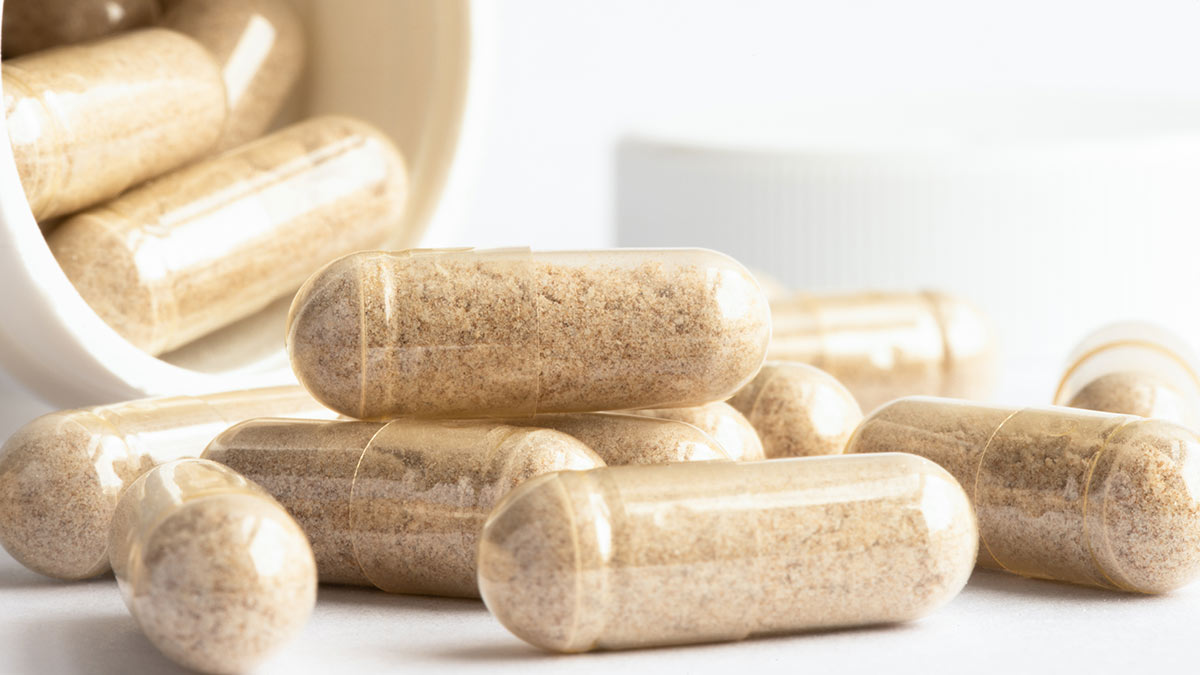Dr Des Corrigan was inspired by a published review of the safety of Saw Palmetto products this month, but his background reading soon had him moving in a different direction
Saw Palmetto, also known as sabal fruit or botanically as Serenoa repens, and products containing extracts of its berries, are marketed using any of the three names. Sabal is one of a number of plants used in the treatment of benign enlargement of the prostrate, or BPH. The others are pumpkin seed, nettle root, and Prunus africanum bark. Of the four, sabal is the only one recognised by the EMA as having a Well-Established Use (WEU) as a herbal medicinal product for the symptomatic treatment of benign prostatic hyperplasia. This WEU based on RCT data only applies to a hexane extract.
For other extracts made using ethanol, for example, the EMA only accepts an indication as a traditional herbal medicinal product for the relief of lower urinary tract symptoms related to benign prostatic hypertrophy after serious conditions have been excluded by a doctor. The other three plants have much the same traditional use indication, with mention of an overactive bladder included.
In addition to the similarity of their indication claims, all four plants have comparable chemical profiles that are linked experimentally to their clinical use. They all boast a complex of fatty acids and related triglycerides, along with a mix of phytosterols based predominantly on the delta-5-sterol, ?-sitosterol, although pumpkin seeds also contain delta-7-sterols. It is not surprising then that there are also pharmacological similarities.
Lipophilic extracts of sabal have been shown to inhibit 5 ?-reductase, the enzyme that catalyses conversion of testosterone to dihydrotestosterone (DHT). Sabal also decreases binding of that DHT to androgen receptors by up to 50 per cent. These extracts also have 17 ?-hydroxysteroid dehydrogenase inhibitory action due mainly to the fatty acid mixture, according to work cited in the EMA’s Assessment Report (AR) on Saw Palmetto. Anti-androgenic effects have also been demonstrated in vivo. Studies with nettle root extracts show inhibition of the conversion of testosterone into oestradiol by an aromatase enzyme.
These anti-androgenic effects provide the pharmacological plausibility for the traditional indication claims for Saw Palmetto and the others, but they also help explain the interest in using sabal in hair loss treatments. The obvious and best- known treatment for hair loss is minoxidil, which along with finasteride is the only FDA-approved therapy for hair loss. Of course, finasteride, as a competitive inhibitor of ?-reductase, was originally used for BHP and I can only assume that this focused attention on the potential of Saw Palmetto was as a ‘natural’ alternative.
In fact, it is one of a number of herbal materials that have been used to treat alopecia, according to a 2022 review in the journal Dermatologic Therapy. This noted that androgenetic alopecia (AGA) is the most common cause of hair loss in men, approximately 70 per cent of whom suffer from it due to raised levels of testosterone and DHT.
In addition to Saw Palmetto, caffeine, melatonin, rosemary oil, procyanidin, pumpkin seed oil and CBD oil have all been studied as alopecia treatments. A study with caffeine showed that it was not inferior to minoxidil, while a single blind, randomised trial with 100 male patients treated with a lotion containing rosemary oil reported a modest increase in hair count similar to minoxidil after six months.
In the case of pumpkin seed oil, a double blind RCT in 76 men lasting 24 weeks showed a 40 per cent increase in hair count compared to 16 per cent in the placebo group. Procyanidin is a highly antioxidant phenolic polymer complex and when 43 men with AGA were treated with it as a topical lotion or with vehicle on its own for six months, there was a significant increase in hair count in the procyanidin group compared to a decline in the vehicle only group. Of course, my old friend CBD would have to get in on the act. Ingestion of 3-4g per day of a CBD-rich hemp oil in 28 men with AGA significantly increased hair count.
But most attention has centred on Saw Palmetto, including a systematic review of its effects in alopecia published in the journal Skin Appendage Disorders in 2020. This reported that in vitro and in vivo studies have shown the ability of Saw Palmetto extracts to mediate the regrowth of hair. Numerous RCTs and other studies have investigated the range of supplements containing Saw Palmetto that are now commercially available. Some of the studies have used topical lotions, while others involved oral formulations.
The systematic review included five RCTs and two prospective cohort studies involving a total of 381 patients with either AGA or telogen effluvium — a condition described as the excessive shedding of telogen or resting or club hair that constitutes 15 per cent of all hair. Such shedding can be due to metabolic stress or hormonal changes, or to certain medications. Overall hair quality improved 60 per cent, with a 27 per cent improvement in total hair count. Hair density increased in 83 per cent of those treated, and disease progression stabilised in 52 per cent. When Saw Palmetto was compared with finasteride, it was shown to be approximately half as effective.
The most recent RCT of Saw Palmetto in AGA patients appeared in 2023 in Clinical, Cosmetic and Investigational Dermatology. It involved 80 male and female healthy subjects who either ingested capsules containing an extract standardised to contain 2-3% ? -sitosterol, or applied a corresponding topical product or the respective placebo daily for 16 weeks. Hair fall was reduced by 29 per cent for the oral treatment, and 22 per cent with the topical. Hair density also increased and the there was a significant reduction in DHT measured in those taking capsules.
Saw Palmetto is only one of a number
of herbal materials that have been used to treat alopecia
The question now is, how safe is Saw Palmetto, and this brings me back to the original inspiration for this article — an analysis of worldwide pharmacovigilance and phytovigilance data on suspected adverse reactions to medicinal products and supplements containing Saw Palmetto, published in Phytotherapy Research in 2023. Apart from minor GIT effects (diarrhoea, stomach pain and nausea), this plant is well tolerated overall, though cases of hypersensitivity, liver disease and pancreatitis have been reported anecdotally, as have increases in BP and ocular effects. The database analysis confirms the predominance of GIT effects, followed by pruritus and dizziness. The EMA Monograph, which is comparable to an SPC, mentions that the INR can be increased in patients also taking warfarin. It also mentions headache as a side-effect, along with possible increases in liver enzymes and reversible gynecomastia, in addition to the side-effects already mentioned.
It would appear therefore that this plant has potential both in BPH and in alopecia, but while self-medication of alopecia may be understandable, the same cannot be said for BPH, which does need to be assessed by a urologist so as to rule out prostate cancer.







